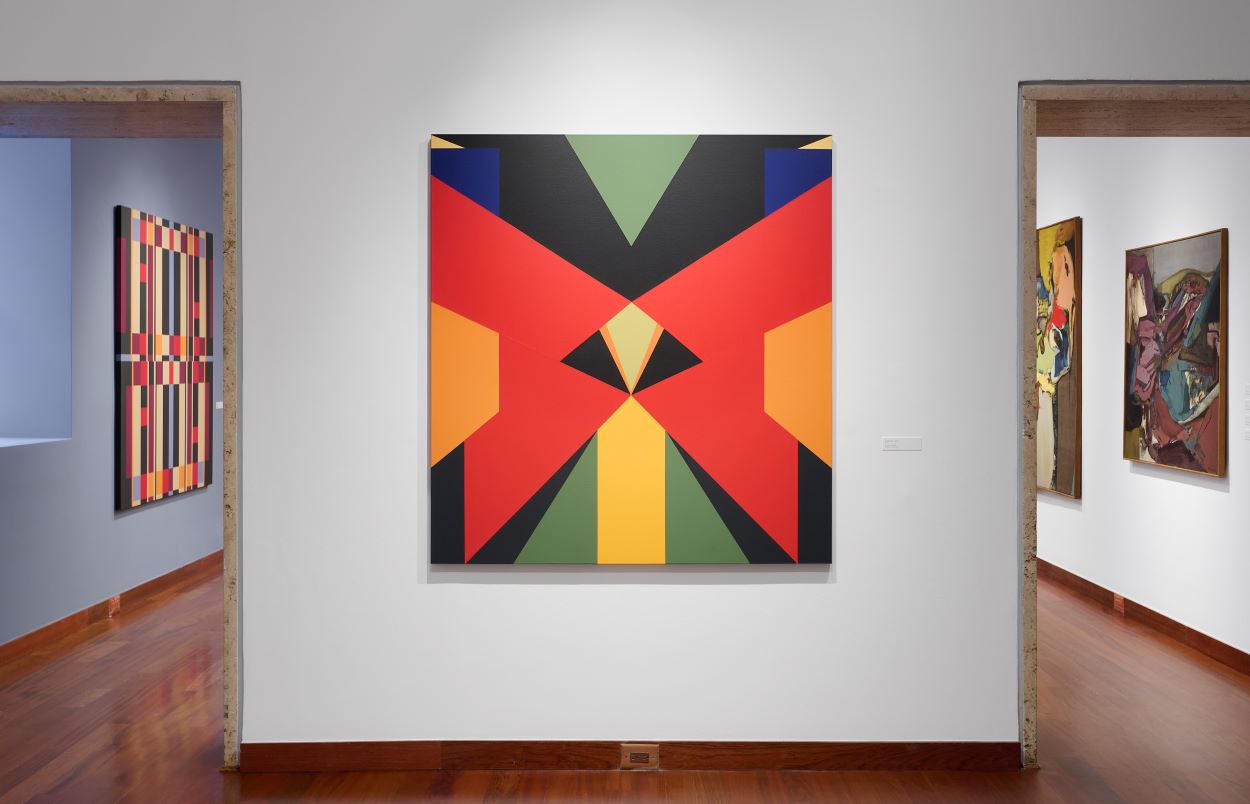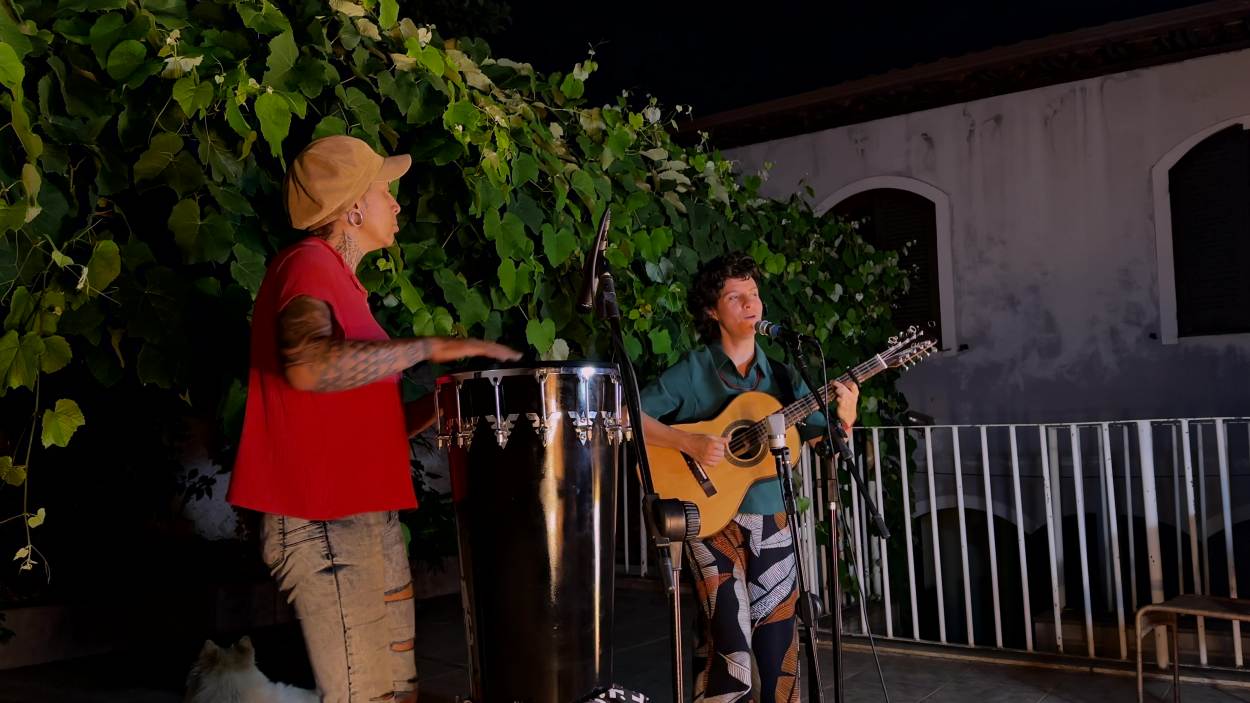The Bishop's Band Performs Colonial-Era Peruvian Music
The Bishop's Band Performs Colonial-Era Peruvian Music
An international band of singers, musicians, and dancers performed music from an eighteenth-century Peruvian codex.
In April, the Bishop's Band played eighteenth-century music from Peru at the Hispanic Society as part of Americas Society's spring music program.
Now held in the Royal Library in Madrid, the Codex Trujillo del Peru is a set of songs and dances in a nine-volume collection of watercolor paintings. Mostly of flora and fauna images, it was presented to King Charles IV of Spain in the late 1780s by then Bishop of Trujillo Baltasar Jaime Martínez Compañón. The collection is the end result of a 32-month visita, or official journey that the bishop undertook through the grasslands, deserts, mountains, rainforests, and coastal plains surrounding Trujillo in his efforts to understand the people, geography, and resources of these regions. Volume II of the collection is devoted to portraits of people of all social strata, and includes paintings of dancers in colorful costumes and instrumentalists playing European violins, guitars, harps, bandolas, pipes, and tabors, as well as a number of indigenous and African wind and percussion instruments. Adjacent to these vibrant images in the manuscript are the scores of twenty pieces of music written in elegant classical-era hand. Each piece has a title that gives the form and a description (e.g., Tonada El Diamante or Tonada of the diamond) along with information about whether it is to be sung, or danced, or both, and often the name of the town where it was collected. The subject matter of the vocal pieces varies greatly; there are love songs, a sailors’ song, a song of penitence in a near extinct native language, a song in the voice of an African slave decrying his condition, and a devotional song to the Virgin Mary. Just as the paintings depict local customs, these musical works are transcriptions of what was heard by the bishop’s company in their travels and thus give a wonderful and rare snapshot of the traditions of late-eighteenth-century colonial music-making.








